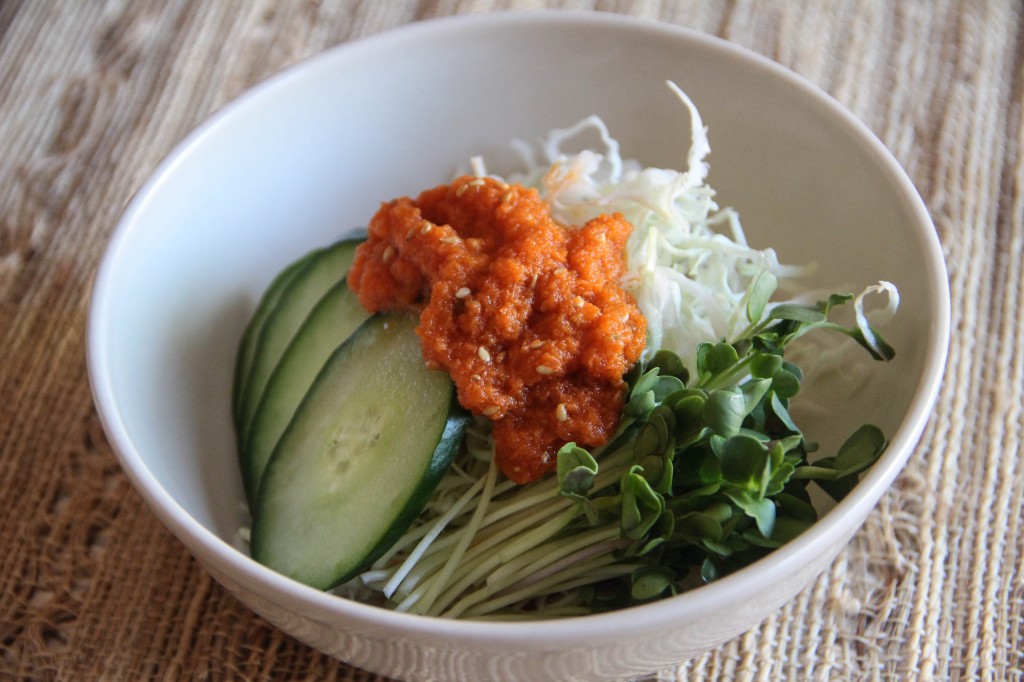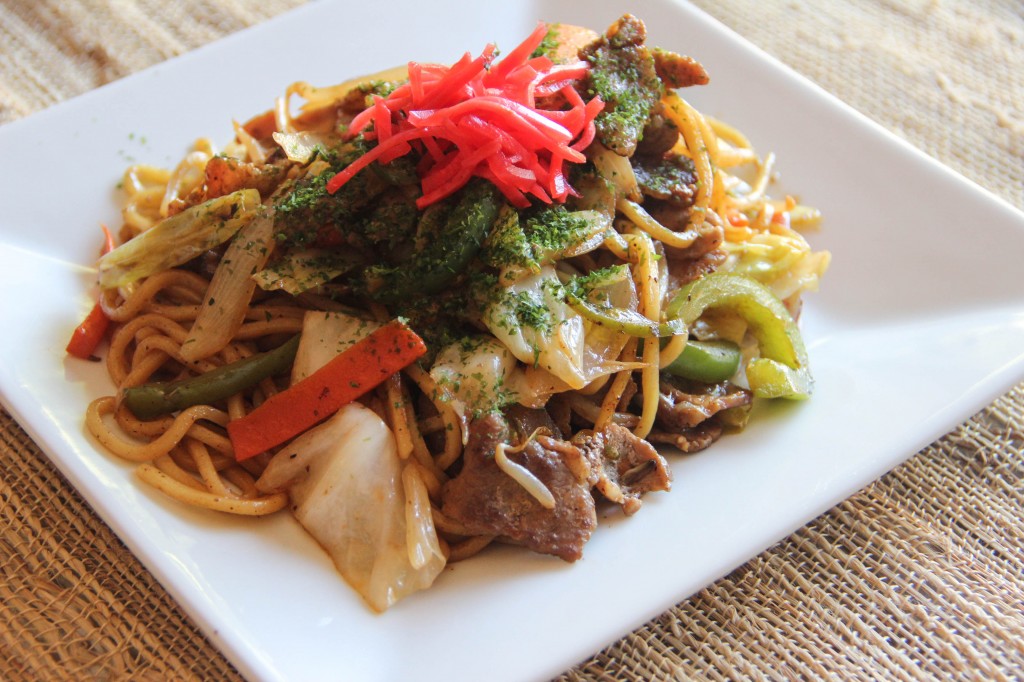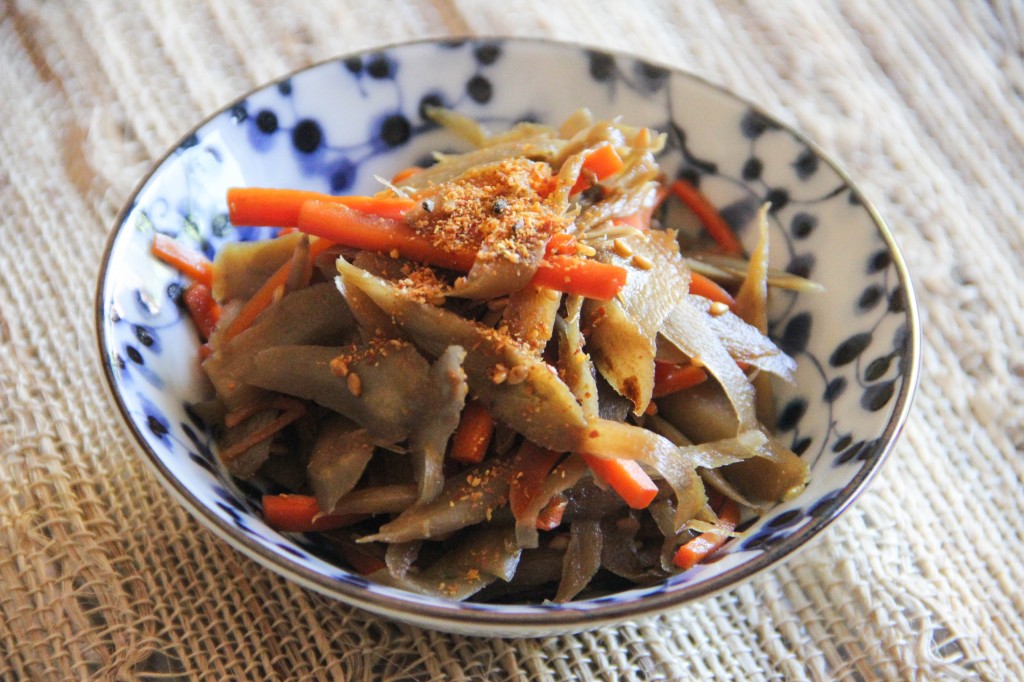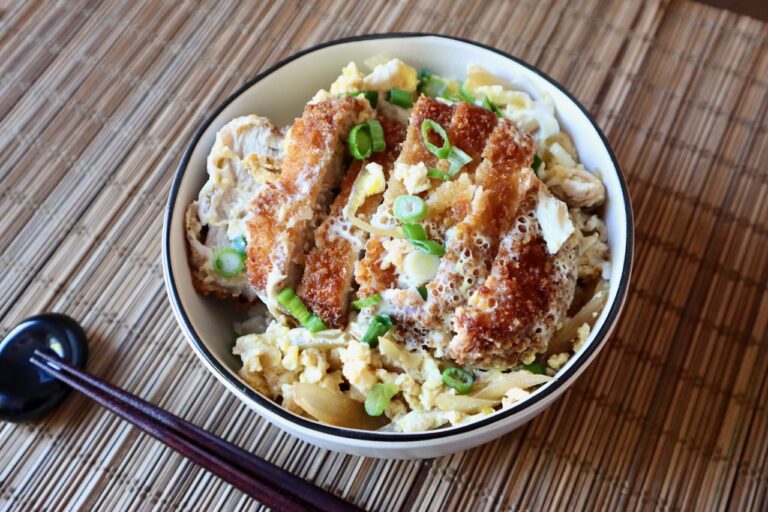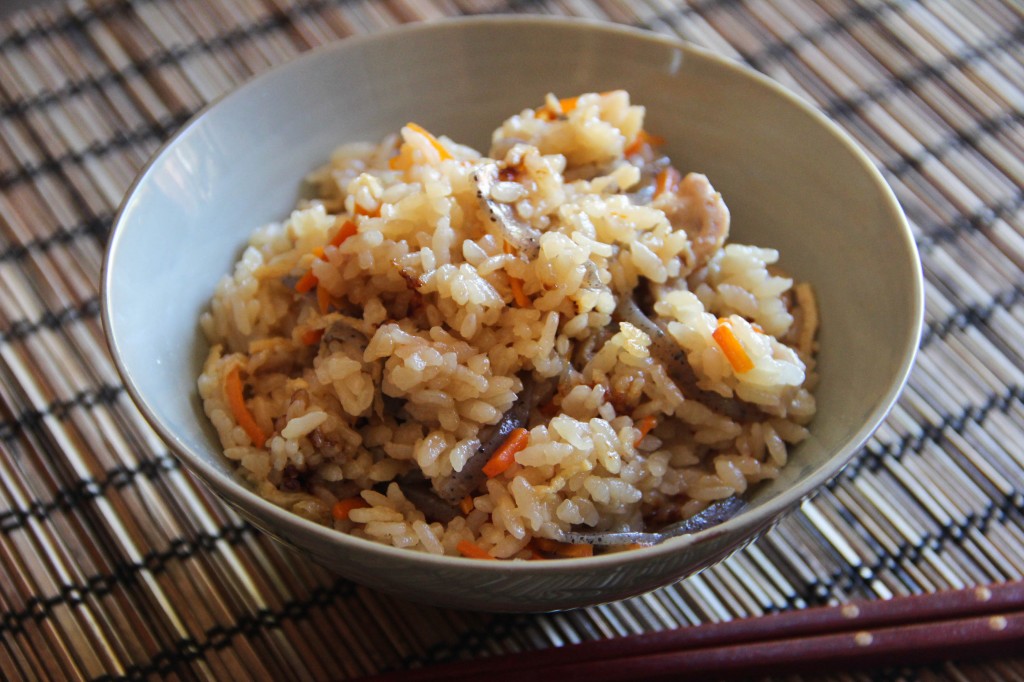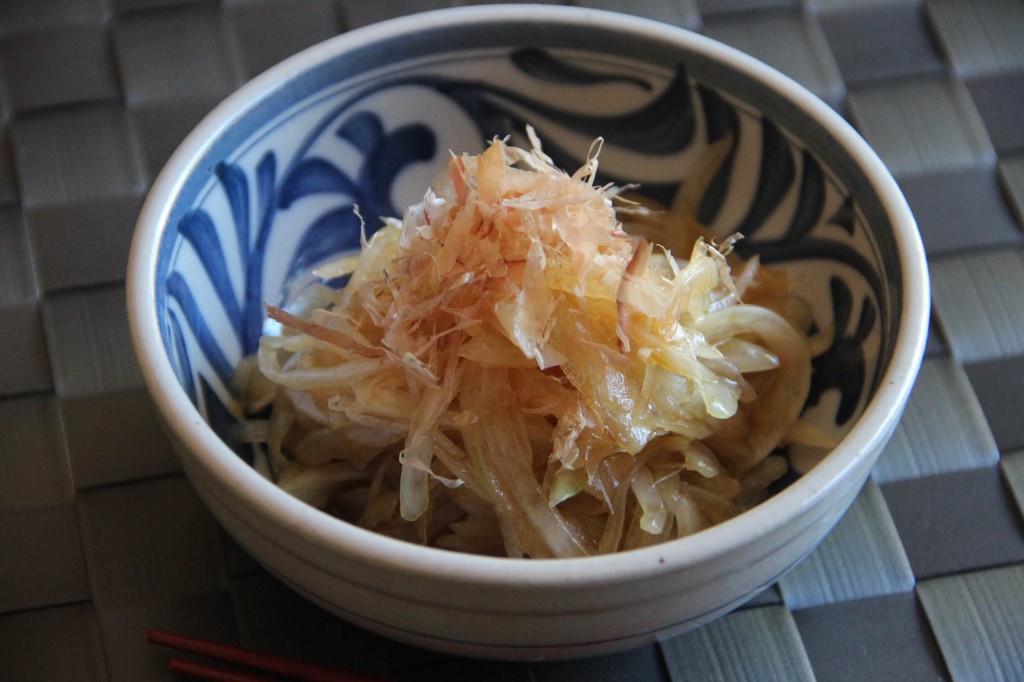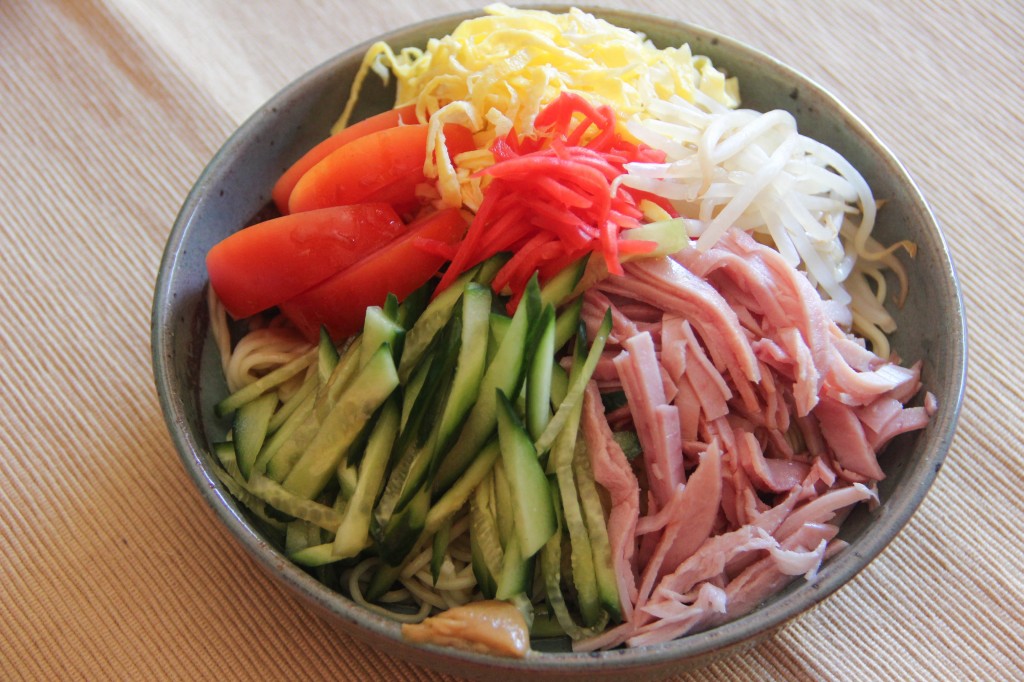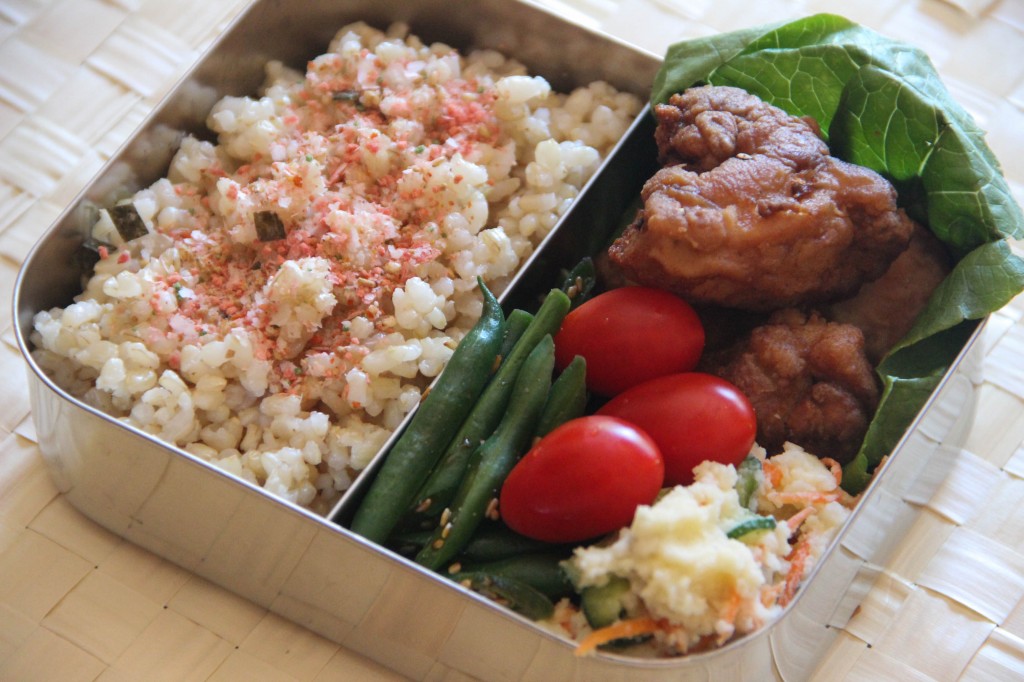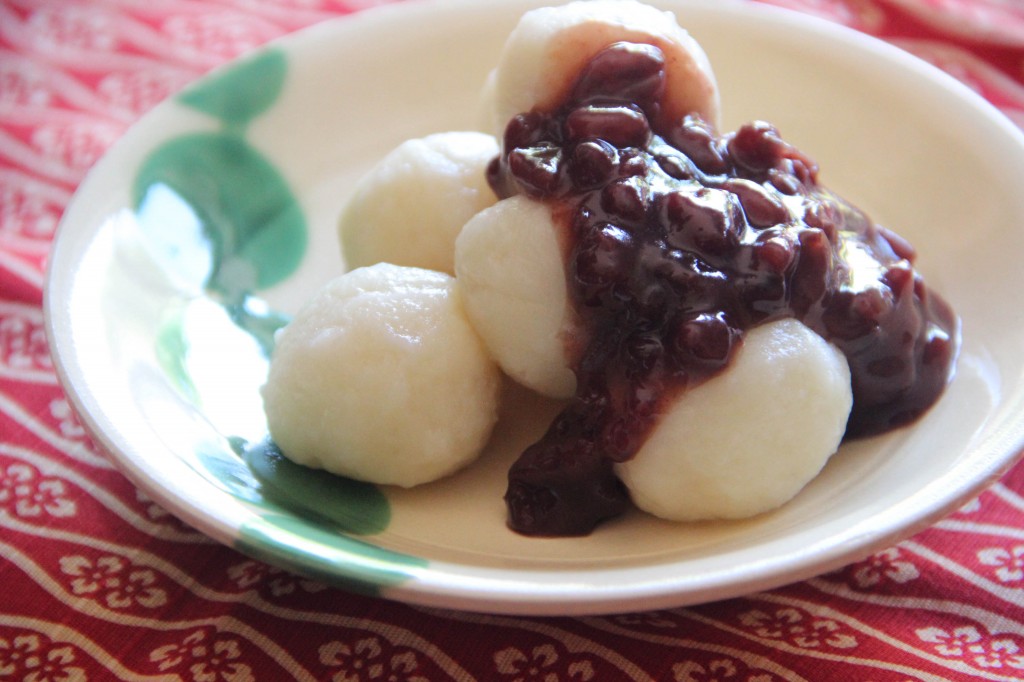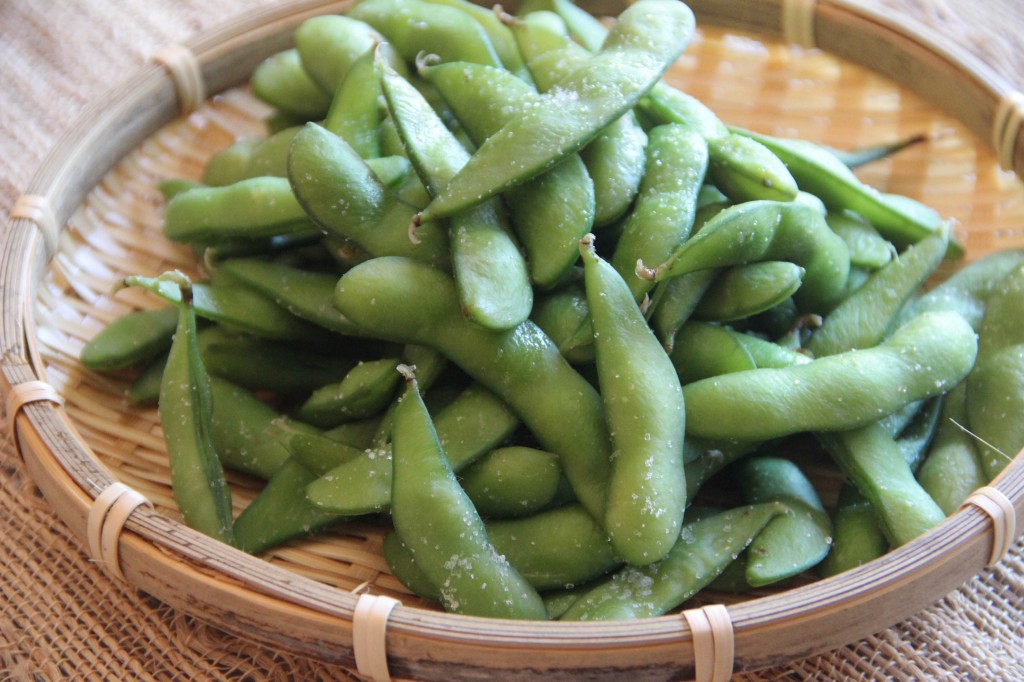Carrot Ginger Dressing is the dressing used in many Japanese restaurants in the US. The more American the restaurants are, the more likely they use this dressing for their salad, it seems. We have never seen the Carrot Ginger dressing in restaurants in Japan, so this must be an American thing. Where this originally came from is a little unclear, but it is said that some Japanese steak house restaurants started serving or something. Even though this may not be very authentic Japanese food, still the bright orange dressing is quite tasty and we would like to include it in our Japanese recipes.
Yakisoba is Japanese stir fried noodles. It is served with Yakisoba sauce, similar to Tonkatsu or Okonomiyaki sauce. Yakisoba is usually fried with sliced pork and vegetables like cabbage and bean sprouts. It is a very popular casual food (or snack) everyone likes in Japan. You can find Yakisoba at many places like Okonomiyaki restaurants, festivals, supermarket delis, and of course, home.
Kinpira Gobo is braised burdock root and carrot in a sweet and salty sauce. This is another mom’s home cooking kind of dish rather than restaurant food. The name Kinpira comes from legendary muscleman, and that shows how nutritious the dish really is. Kinpira Gobo is a great side dish you can make ahead. These strongly seasoned vegetables can be kept in the fridge up to a week. It’s perfect for lunch and busy weekday dinners when you want one more thing for the menu.
Katsudon is a popular Japanese rice bowl, Tonkatsu (deep-fried pork) and eggs cooked in a sweet and savory broth and placed over rice. It is a typical lunch dish you can get at casual restaurants everywhere in Japan. Udon noodle shops, small corner restaurants, and bento shops all have Katsudon on their menus.
Takikomi Gohan is seasoned steamed rice with meat and vegetables. It’s also called Gomoku Gohan (5 ingredients rice). Takikomi Gohan is great freshly cooked for dinner but also wonderful cold in Bento.
Sliced raw onion is often used in dishes such as salads and sandwiches in Japan. It is great for our Potato Salad, too. Onion is usually a supporting character, but here in this Onion Salad recipe, it is the main and only vegetable in the salad.
Hiyashi Chuka or Reimen (冷やし中華, 冷麺) are cold Chinese style noodles with a sweet tangy sauce. Hiyashi Chuka is served at Ramen restaurants in Japan only during summer. Chuka Men (中華麺), wheat flour noodles that are the same kind in Ramen, are used in Hiyashi Chuka. The light and refreshing taste of this dish, on top of the coldness itself, make this the perfect food for hot summer days.
This is the second of our Bento menu series. Bento is a portable packed meal, usually eaten for lunch in Japan. You can buy bento at bento shops, convenience stores, grocery stores, train station shops – pretty much anywhere there. However, as we always say, the home-made kind is the best! And it’s not hard to make at all.
Dango is a general name for small ball-shaped mochi dumplings. Usually the mochi itself is not sweetened, but toppings and sauces are. Dango are often skewered on bamboo sticks so they are easier (and more fun!) to eat. Dango are a more casual and everyday kind of traditional Japanese sweet (how elegant could it be being on skewers?) than some other formal desserts used in tea ceremony and such.
Edamame have become so popular outside Japan today. Edamame is green (young) soy beans in pods. It is usually served as an appetizer with your favorite drinks. There are frozen Edamame you can buy all year round so you might not realize that Edamame is actually in season in summer and started as a summer food. So in the middle of a hot summer, when you drink ice cold beer before dinner, you eat Edamame watching an evening baseball game on TV. This is the absolute right way to eat it in Japan (or it was, 20 years ago).
It is very hard to buy fresh Edamame in the US, but frozen works just fine. Salt is the only seasoning we use, but you can experiment with something else if you want. There are shelled Edamame, too, but we recommend to use the ones in pods. It’s like peanuts. Yeah, it is easy to eat just the beans, but it’s really not the same. Edamame doesn’t have to be an appetizer you eat only at restaurants. Serve hot or cold, however you like. Just don’t forget your beer!
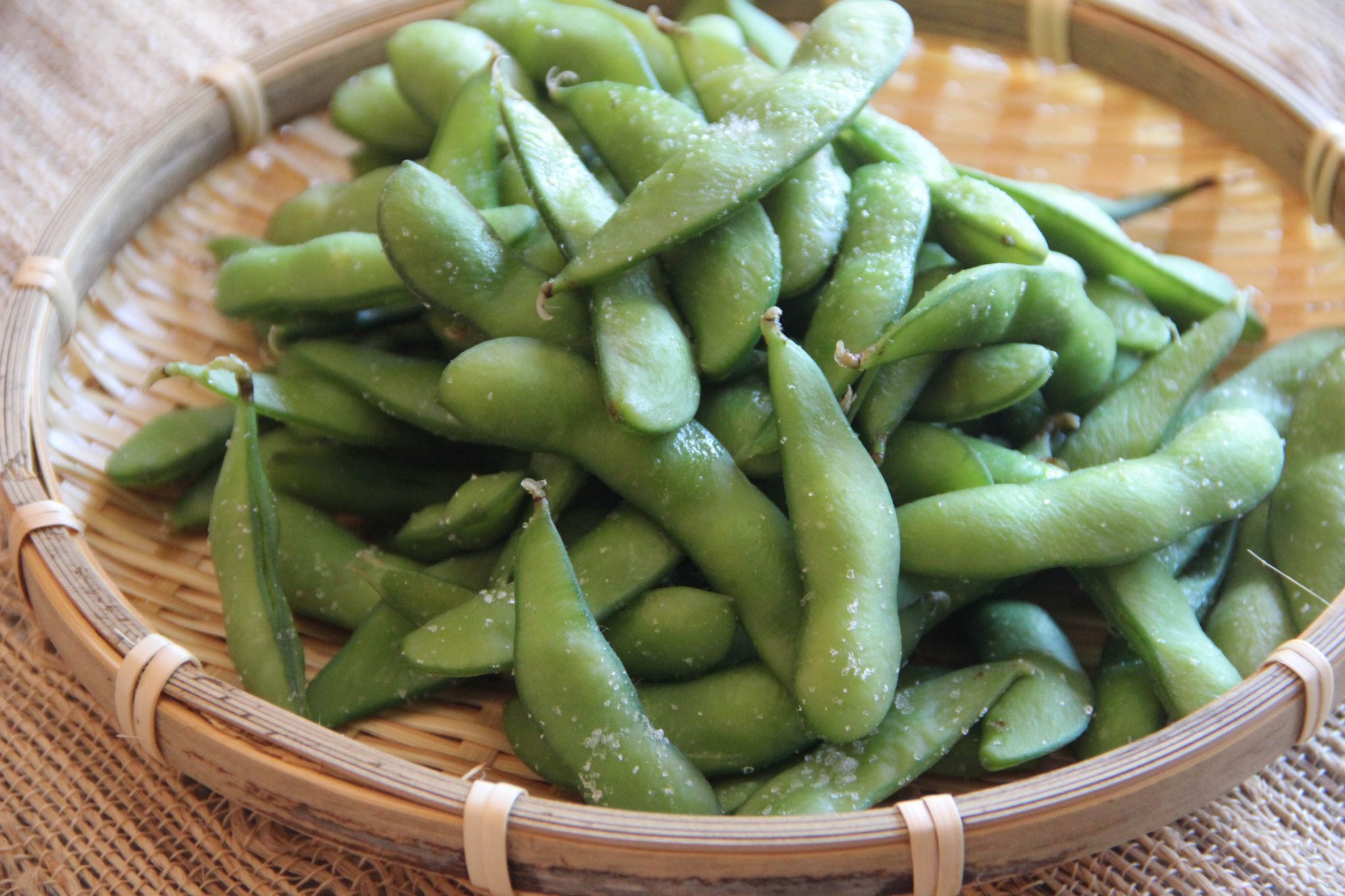
Edamame Recipe
Instructions
- Boil water in a big pot with 1 Tbsp salt.
- Add Edamame and cook for 5 minutes. Strain and sprinkle on some salt.
